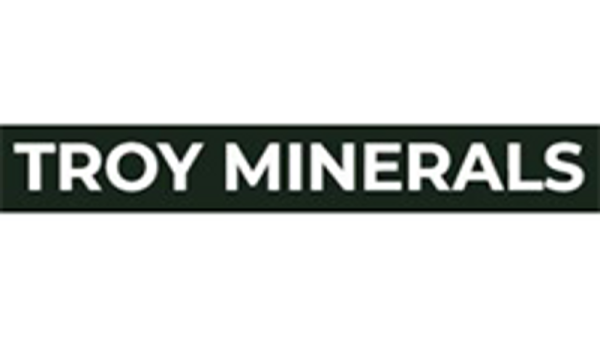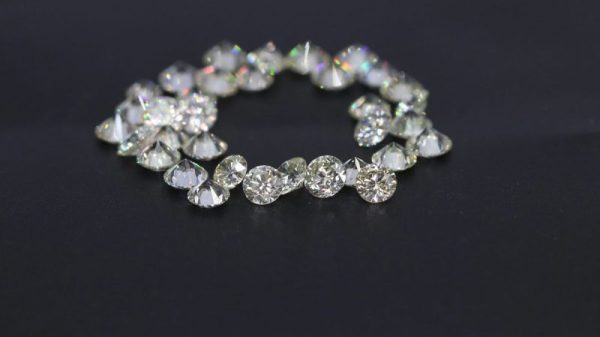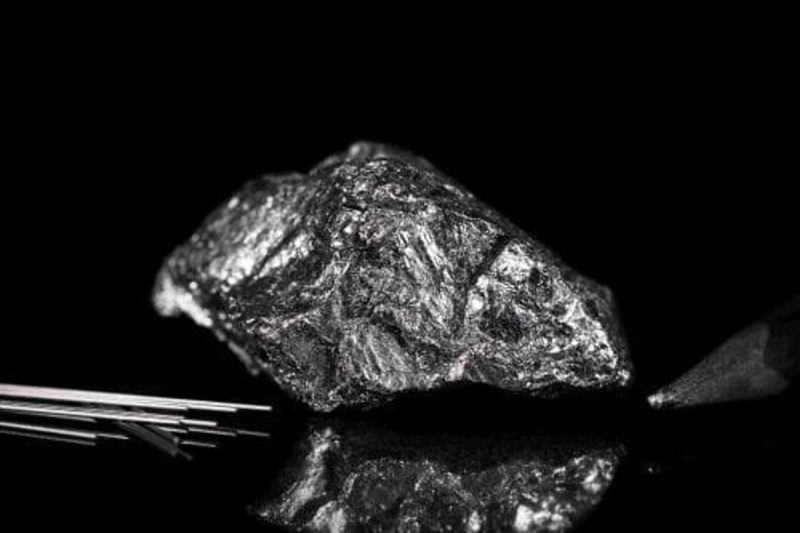Graphite has swung into focus in recent years, largely due to its key role in electric vehicle (EV) batteries.
Concerns about China’s supply stranglehold and anticipated demand from lithium-ion battery megafactories have sparked investor interest, and experts believe graphite will be a key EV battery material for at least the next decade.
Today, each EV battery contains between 40 and 60 kilograms of graphite material. Putting the market’s anticipated growth into perspective, Benchmark Mineral Intelligence data shows that demand for graphite from the battery sector is expected to grow by 250 percent between 2023 and 2030. Benchmark analysts see a potential supply deficit looming if graphite companies do not expand their operations.
For its part, Fastmarkets sees a strong long-term outlook for graphite as the North American and European markets seek to set up secure supplies of the material outside of China, especially graphite obtained via environmentally friendly production and processing methods.’We expect to see this combination of factors increase the underlying natural graphite cost base, contributing to higher prices,’ states the firm in an industry update.
To help investors get a better understanding of the graphite space, here’s a brief overview of what graphite is, what’s going on in the market today and what the future could bring. Read on for insight on these topics and more.
What is graphite?
Graphite has a layered, planar structure, with carbon atoms arranged in a honeycomb lattice. It’s thermally stable and can conduct electricity, but is also valued for its self-lubricating and dry-lubricating properties.
Flake, amorphous and vein are the three main types of graphite; all are important for different industries, but flake graphite is currently getting the most buzz.
Flake graphite has become especially important since early 2014, when Tesla’s (NASDAQ:TSLA) Elon Musk announced that his company would be building its first lithium-ion battery gigafactory in Nevada, US. Graphite is used in lithium-ion battery anodes, and the news from the major EV maker immediately sparked predictions about how much of the mineral the gigafactory might require. Lithium-ion batteries are used to power EVs and for energy storage.
Aside from batteries, flake graphite can be used in pebble-bed nuclear reactors, as well as in the refractory and steel industries, fuel cells and vanadium-redox batteries. Amorphous graphite is used in the refractory industry as well, and in mechanisms such as brake linings, gaskets and clutch materials. Vein graphite finds a home in advanced, thermal and high-friction applications.
Click here for more information on the types of graphite.
What factors impact graphite supply and demand?
As mentioned, flake graphite has seen attention as graphite market participants try to guess how much impact facilities like Tesla’s gigafactory — and other lithium-ion battery megafactories — will have on graphite demand.
While it’s tough to pinpoint how much graphite those megafactories will require (and when), it’s safe to say that they will need a lot. Benchmark is just one firm that has written extensively about the topic.
For now, much of that demand has yet to materialize. Many companies that rushed into the graphite space have not yet secured offtake agreements for the material they plan to produce. As a result, some are stalled in the exploration and development phases; it will be difficult for them to move forward until end users start locking down supply.
In the years ahead, Fastmarkets expects to see demand growth for natural graphite coming from markets outside of China as automakers strive to meet customer expectations for products made with the highest ESG standards. That leaves out synthetic graphite produced in China with the aid of petroleum and coal industry by-products.
‘We expect to see premium pricing structures emerge in ex-China markets to reflect higher costs associated with ESG friendly supply, but also to encourage the much-needed investment in the sector to prompt the development of localized and diversified supply,’ the firm’s analysts said in a report published in mid-2023. ‘Without additional investment, the market will fall into a significant deficit beyond 2030.’
For now, in terms of graphite supply, the majority comes from China. The Asian nation produced 1,230,000 metric tons of graphite in 2023, which is four times greater than that of the next five top graphite-producing countries combined. That said, in recent years there have been concerns about the security of Chinese graphite supply, as regulations to lower pollution have caused cutbacks in the nation’s output.
The upshot is that graphite demand appears set to rise with no guarantees that producers will be able to keep up. Prices remain subdued, but may rise as buyers become more concerned about impending megafactory demand.
Click for more information on graphite supply and demand from the EV space.
How is graphite priced?
Speaking of prices, how much does graphite cost? Unfortunately, it can be difficult to get exact figures. Unlike gold, silver and other commodities, graphite is not traded on an exchange. Instead, graphite miners will typically set up offtake agreements under which end users agree to buy a specific amount of graphite over a particular period of time.
That setup comes with a variety of issues for graphite companies and market participants, but for many investors the key concern is that they can feel like they’re operating blind. After all, it’s hard to get an idea of whether a company is putting out good results without having an idea of how much it will be able to sell its product for.
Luckily, some industry experts are looking to increase transparency in the graphite sector. Benchmark is one firm that provides accurate and up-to-date information on pricing for both natural graphite and synthetic graphite. Fastmarkets also provides price data for graphite and a number of other important battery metals.
Click here for more information on current graphite pricing.
How to invest in graphite?
While the graphite market is compelling, it can be tricky for investors to gain a toehold in the space.
As noted, graphite is not traded on an exchange, meaning that investors can’t get exposure to the physical material. What’s more, it isn’t easy to invest in graphite-mining companies — most of the largest graphite producers are in China, and in many cases are privately owned or only listed on Asian exchanges.
Securities Disclosure: I, Melissa Pistilli, hold no direct investment interest in any company mentioned in this article.







































